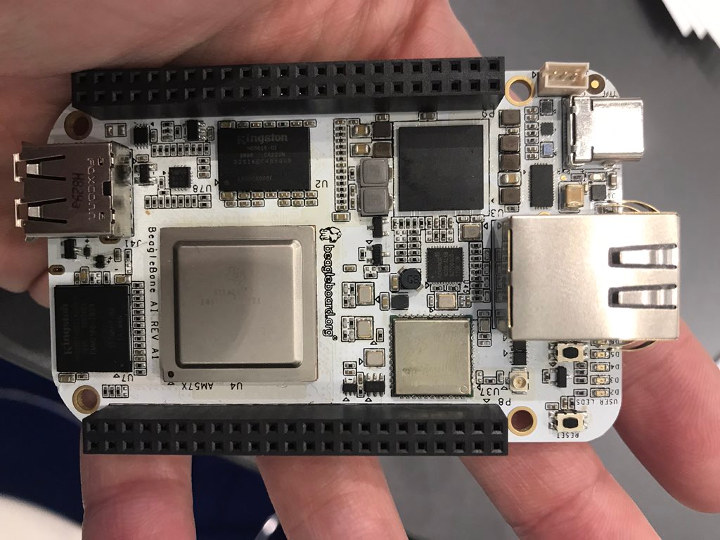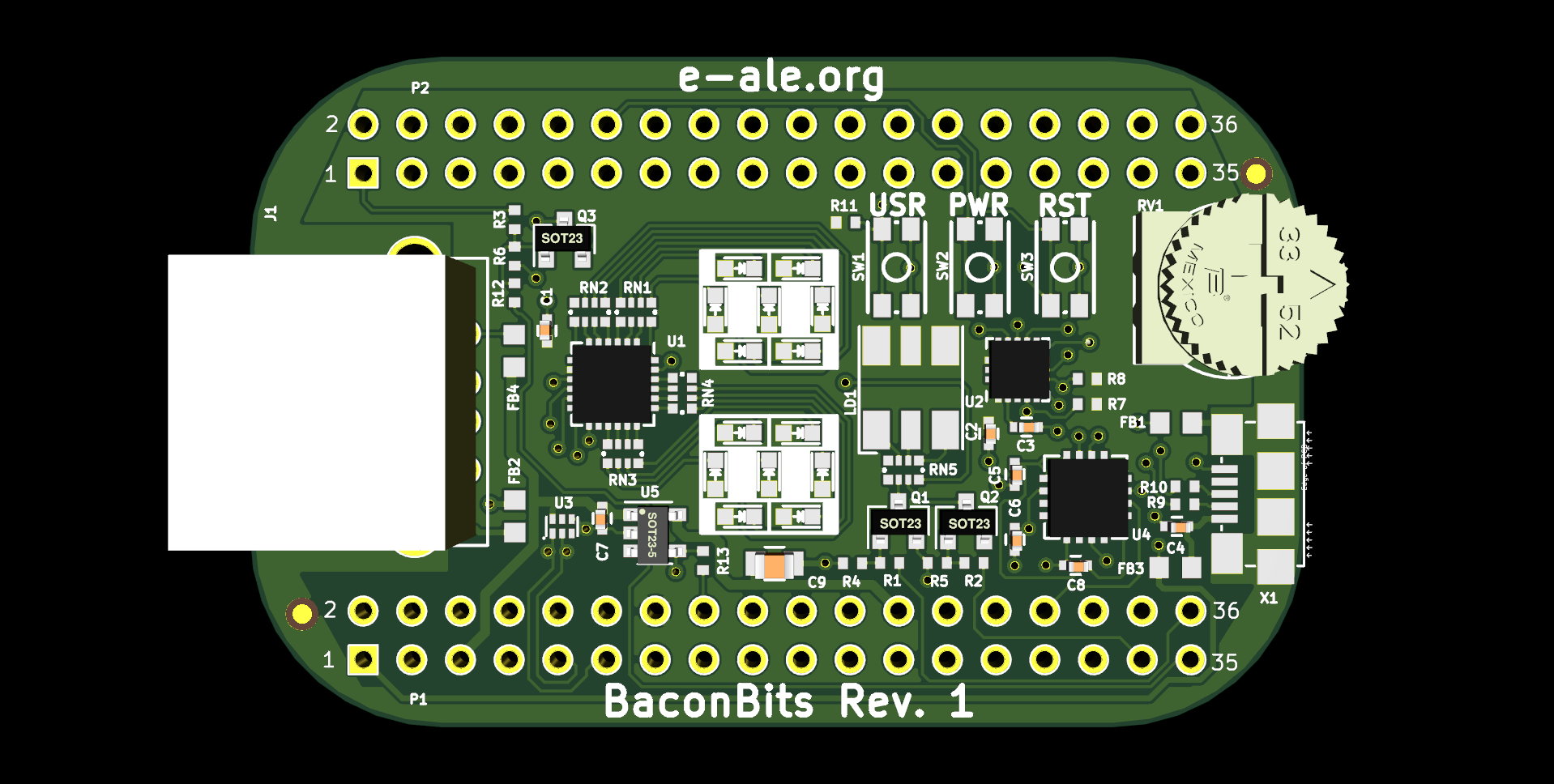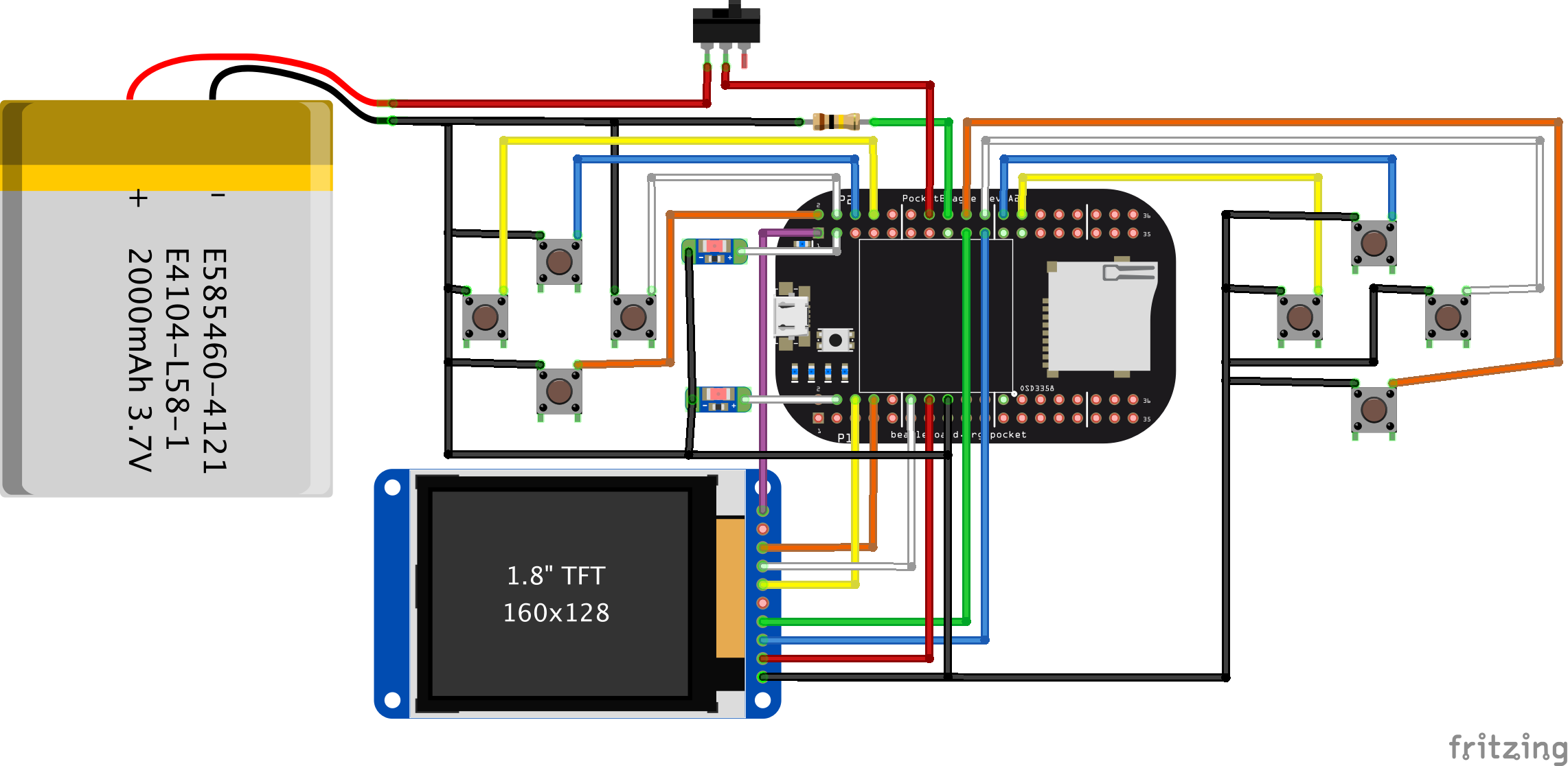
Device Tree: Supporting Similar Boards – The BeagleBone Example
Most of the BeagleBone boards from BeagleBoard.org share the same form factor, have the same headers and therefore can accept the same extension boards, also known as capes in the BeagleBoard world. Of course, a careful PCB design was necessary to make this possible. This must have been relatively easy with the early models (BeagleBone Black, Black Wireless, Green, Green Wireless, Black Industrial and Enhanced) which are based on the same Sitara AM3358 System on Chip (SoC) from Texas Instruments. However, the more recent creation (2019) of the BeagleBone AI board and keeping compatibility with existing capes must have been … Continue reading Device Tree: Supporting Similar Boards – The BeagleBone Example

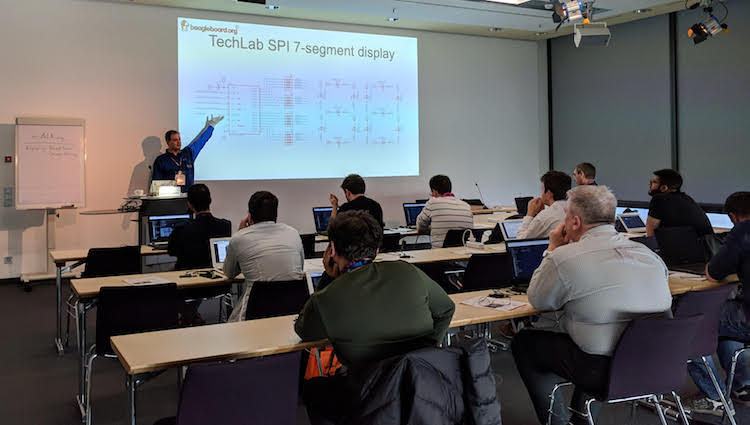


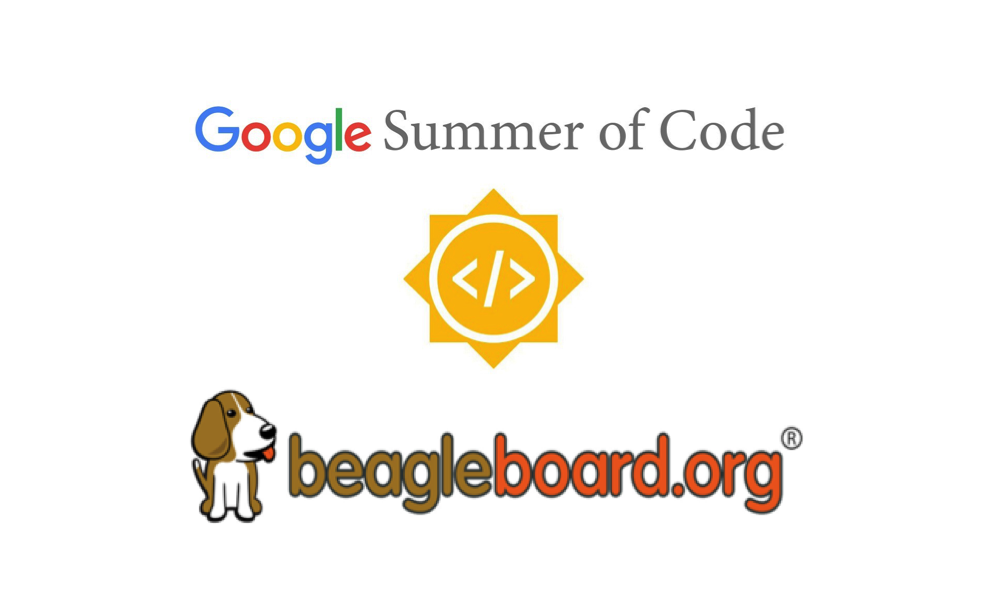 This summer,
This summer, 